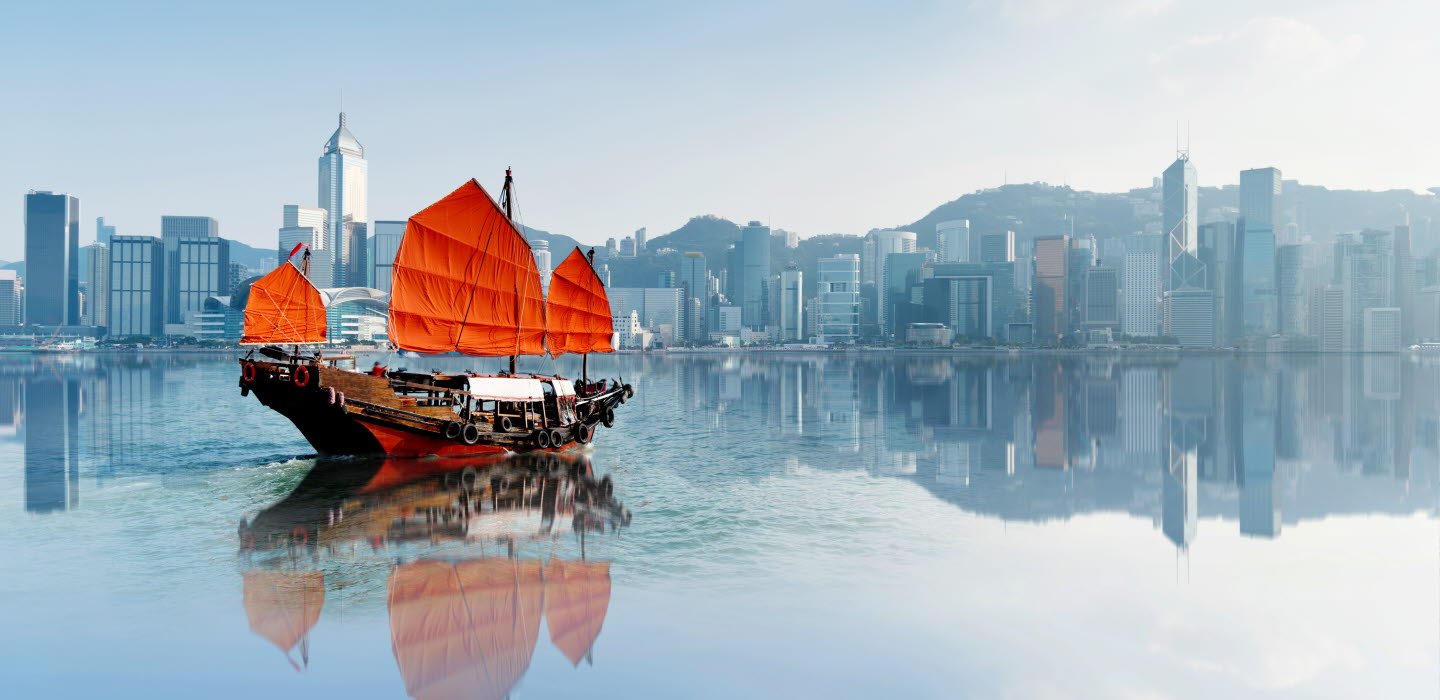
Asia-Pacific
A crucial region for future growth
- Expand globally
- Markets
- Asia-Pacific
FOCUS ASIA – A NEW INITIATIVE TOWARDS ASIA
In 2024, as part of the Swedish government's new strategy for foreign trade, investments, and global competitiveness, Business Sweden launched "FocusAsia". FocusAsia aims to assist more Swedish companies in exploring opportunities to increase their exports to the Asia-Pacific region and includes several targeted initiatives for small, medium, and large enterprises. With over 150 Business Sweden business developers based across the region, all possessing extensive knowledge of the local market and its conditions, we are ready to help your company succeed in its venture into the Asia-Pacific region.
Contact our team directly, learn more about the business opportunities Asia has to offer, or participate in one of our events throughout the year.
Contact us
Sweden Indonesia Sustainability Partnership Week
In 2025, the program goes into the deal pursuit phase, focusing on qualifying and pursuing large-scale healthcare projects with business potential for the participating companies.
Sweden Indonesia Sustainability Partnership Week - Transport
In 2025, the program will continue to pursue a large-scale EV transformation system with business potential for participating companies. The Memorandum of Understanding (MoU) between Business...
Swedish Delegation to BIO-Korea
Opportunity for Swedish companies to showcase innovative technology and explore business collaborations in conjunction with Bio Korea 2025. The overarching goal of this event is to introduce...
Quick facts
Why Asia
- Asia currently accounts for approximately 40% of the global economy, and the region is expected to contribute nearly 60% of global GDP growth by 2024. The fastest growth is projected in India, with an expected GDP growth of 6.8% this year.
- 60% of the world's population lives in Asia, compared to 10% in Europe.
- There is significant urban migration, with 550 million more people expected to be living in cities by 2035.
- There is strong demand for Swedish products—especially in sustainable solutions, transportation, medical technology, and environmental technology.
Ripe with opportunity
For many companies it has become crucial to establish a foothold in the region simply because it is so ripe with opportunity. Many large Swedish industrial companies already have a strong heritage there, having entered the market several decades ago. As a result, Swedish products and brands have an established reputation of quality and cutting-edge technology. But entering APAC can also be seen as a particularly tough task, and Swedish SME exports to the region are presently lagging behind European peers. Studies have shown that they find it challenging because of the distance, cultural differences, perceived business risk, and also their own bottlenecks in terms of limited resources, etc.
Our presence in Asia-Pacific
After all, more than 20 countries make up the Asia-Pacific market – a gigantic region with a diverse set of cultures, religions, languages and social trends that differ from city to city. This is where Business Sweden can help. We have a team with over 150 business developers on the ground throughout the region itself, all with in-depth and inside knowledge about each corner of the different markets.


























